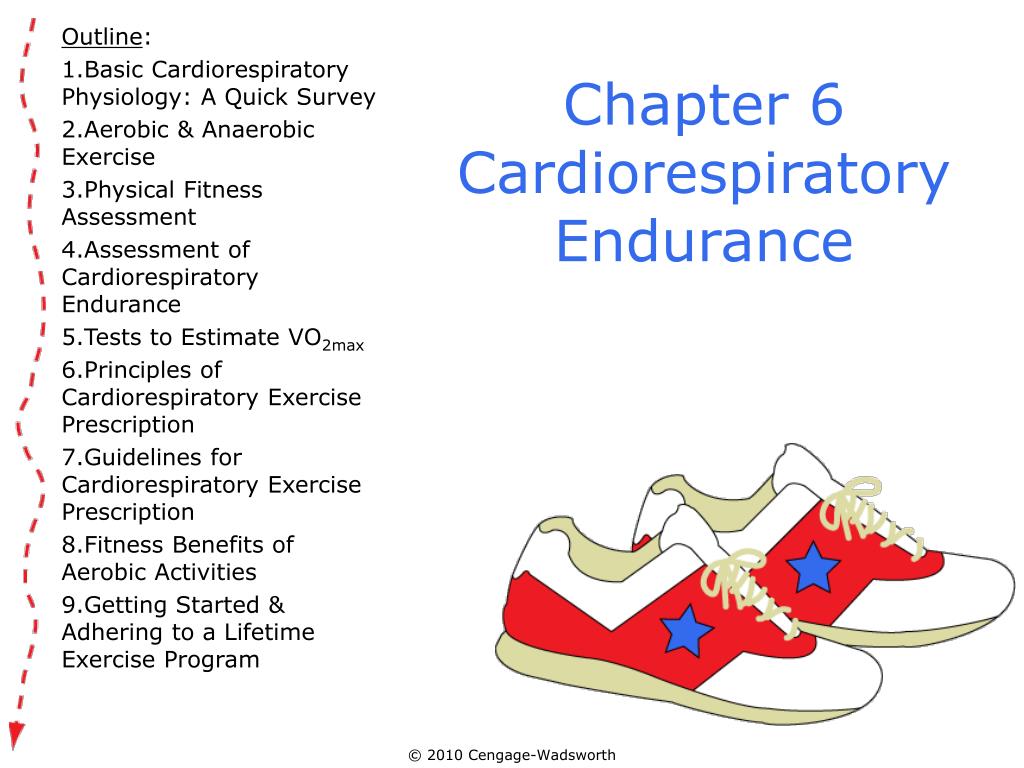

Like treadmills, exercise bikes allow various training zones, balancing fat loss, improving aerobic capacity, and enhancing performance. They provide a safer, joint-friendly alternative for individuals with knee, hip, or lower back problems. In contrast, exercise bikes, particularly recumbent bikes, offer a low-impact cardiovascular exercise option. However, the high-impact nature of treadmill exercises could lead to potential joint strain, especially in individuals with pre-existing conditions such as osteoporosis or older adults. Lastly, the ‘anaerobic or performance zone,’ about 80-90 per cent of MHR, also known as Zone 4 training, promotes enhanced athletic performance and cardiovascular strength. Zone 3 cardio workout is highly effective in enhancing the efficiency and capacity of the heart, lungs, and circulatory systems. When cardio activity is done in the range of 70-80 per cent of one’s maximum heart rate (MHR), it is called the ‘cardiovascular or aerobic zone’ or Zone 3 cardio workout. Treadmill workouts can be tailored to engage in various cardiovascular training zones.

Studies indicate that treadmill exercise can enhance aerobic capacity and cardiorespiratory fitness. Treadmill workout promotes natural body movements, improving heart health, increasing metabolic rate and aiding weight loss. It is widely recognised for its effectiveness in improving cardiovascular health. The treadmill primarily involves walking, jogging, or running exercises and is a staple in home and commercial gyms. Thus, incorporating Zone 2 training guided by the talk test and RPE can be an effective strategy to enhance health and longevity. These two methods offer a practical and accessible approach for you to engage in Zone 2 training without needing advanced technology or equipment to measure your training heart rate. The American College of Obstetricians and Gynaecologists suggests that an RPE of 12-14 on a scale of 6-20 typically corresponds to the intensity of Zone 2 training. On the other hand, RPE is a subjective measure of one’s exertion level during exercise. Researchers from the University of New Hampshire found a strong correlation between the talk test and the traditional lactate threshold tests, suggesting it is a valid measure of exercise intensity. The talk test involves maintaining a pace at which you can carry on a conversation without gasping for breath. Two commonly used methods to identify Zone 2 training are:Ģ.
To improve cardiorespiratory endurance how to#
How to know you are training in Zone 2 without a heart rate monitor? So regularly engaging in Zone 2 training for a minimum of 45 minutes a day, five times a week, is highly beneficial for the body. The excellent news here is that improvement in mitochondrial function is strongly associated with reduced body fat, optimal blood sugar levels and a lower risk of developing hypercholesterolemia and hypertension. Improving mitochondrial function means enhancing their efficiency in burning body fat to energise you, which is caused by an improvement in the use of oxygen we breathe from the air. Our body comprises around 3.7 trillion cells, each possessing 100s and 1000s of mitochondria that give energy to the cell it inhabits. These beneficial physiological adaptations improve metabolic efficiency and mitochondrial function for better health and longevity.

According to a study published in the Journal of Physiology, training in Zone 2, often known as the “fat-burning zone”, can improve aerobic endurance, promote fat utilization and enhance overall cardiovascular health.


 0 kommentar(er)
0 kommentar(er)
